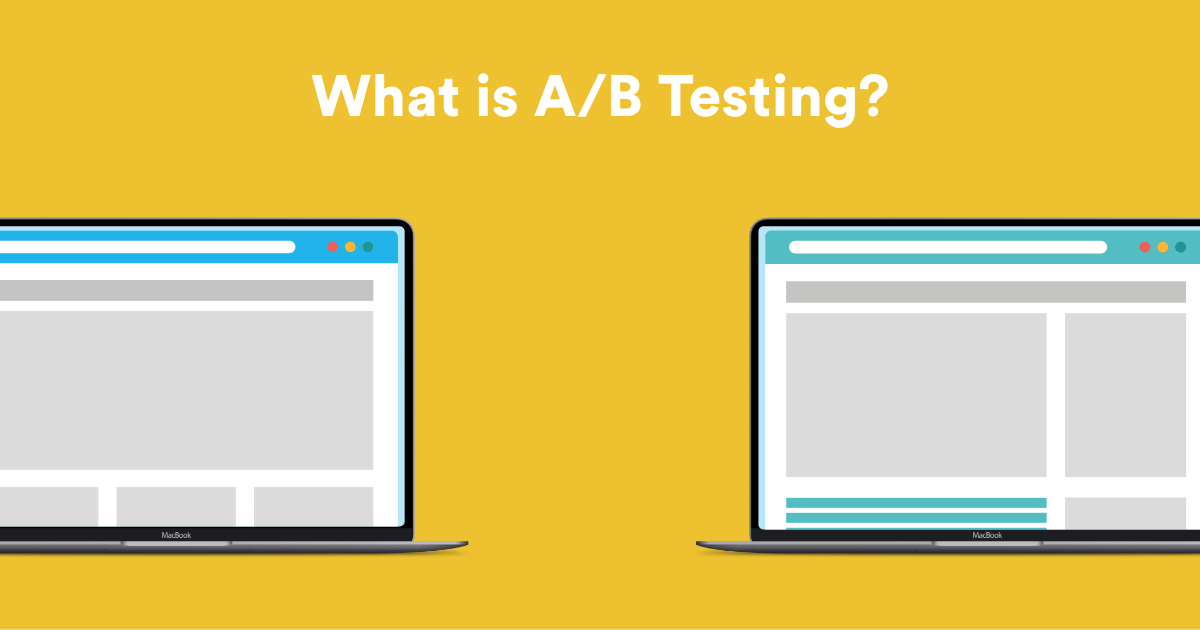Introduction
Digital advertising has revolutionized the marketing landscape, allowing businesses to connect with their target audience in ways never before possible. However, the sheer volume of data can be overwhelming. To navigate the digital advertising landscape effectively, it’s crucial to focus on key metrics that provide actionable insights. In this blog post, we’ll explore the most important metrics in digital advertising, complete with clear definitions to help you make informed decisions and optimize your campaigns.
1. Click-Through Rate (CTR)
Click-Through Rate, or CTR, measures the effectiveness of your ad in persuading users to click on it. It’s calculated by dividing the number of clicks on your ad by the number of times it was shown (impressions), expressed as a percentage.
Formula: (Clicks / Impressions) x 100
A high CTR indicates that your ad is resonating with your audience and driving engagement.
2. Conversion Rate
Conversion Rate is a critical metric that tracks the percentage of users who complete a desired action after clicking on your ad. This action could be making a purchase, signing up for a newsletter, or filling out a contact form.
Formula: (Conversions / Clicks) x 100
A high conversion rate indicates that your ad is not only attracting clicks but also compelling users to take the desired action.
3. Cost Per Click (CPC)
Cost Per Click, or CPC, measures how much you pay for each click on your ad. It’s an essential metric for managing your advertising budget effectively.
Formula: Total Cost of Ad Campaign / Total Clicks
CPC helps you evaluate the efficiency of your ad spend and ensure you’re getting the best value for your investment.
4. Return on Investment (ROI)
ROI is a comprehensive metric that assesses the profitability of your digital advertising efforts. It compares the revenue generated from your campaign to the total cost of the campaign.
Formula: (Revenue – Cost) / Cost x 100
A positive ROI indicates that your campaign is profitable, while a negative ROI suggests that adjustments are needed.
5. Ad Quality Score
Ad Quality Score is a metric used in platforms like Google Ads to evaluate the relevance and quality of your ads. It considers factors like ad copy, keywords, and landing page experience.
Improving your Ad Quality Score can lower your CPC and improve your ad’s visibility.
6. Impressions
Impressions represent the number of times your ad is displayed to users. It’s a fundamental metric for understanding the reach of your campaign.
Tracking impressions helps you gauge the overall visibility of your ad in the digital space.
7. Effective Cost Per Mille (eCPM)
Effective Cost Per Mille, or eCPM, is a metric that helps you assess the revenue generated from 1,000 ad impressions. It’s particularly important for publishers and ad networks.
Formula: (Total Earnings / Total Impressions) x 1,000
eCPM allows you to compare the performance of different ad formats and optimize your ad placements for maximum revenue.
Conclusion
In the fast-paced world of digital advertising, success hinges on your ability to analyze and act on key metrics. By understanding and tracking these important metrics like CTR, conversion rate, CPC, ROI, Ad Quality Score, impressions, and eCPM, you’ll be better equipped to refine your digital advertising strategies, reach your target audience effectively, and achieve your marketing goals. Remember, it’s not just about data; it’s about making data-driven decisions that drive results.




